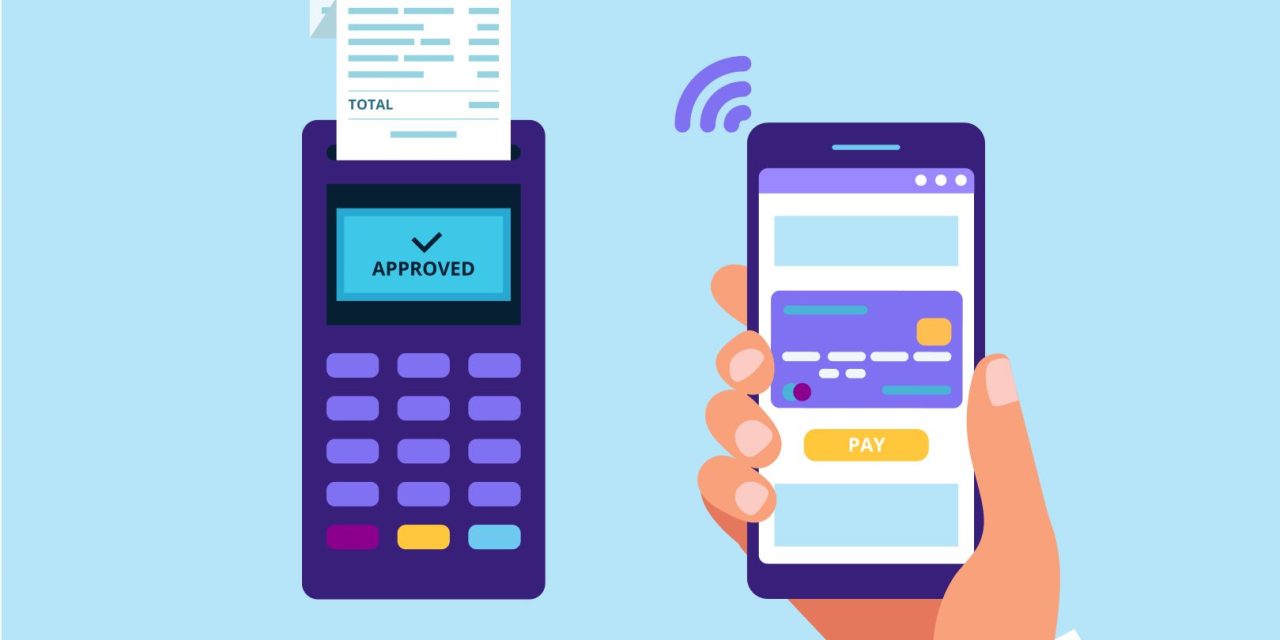Saloni Walimbe
Source: www.paymentsjournal.com, December 2021
Mobile wallets to emerge as a key breakthrough technology in the transition to digitally dominated payments
Across most of the world, the adage “cash is king” is beginning to lose relevance in recent years, as newer technologies like mobile wallets come to light. The emergence of smartphones is a major driver in the transition of the financial world to the digital platform, triggering a massive change in the way users connect, interact and conduct business.
Once considered a luxury item for a select faction of the global populace, smartphones have now become an intrinsic part of modern life, necessary for even the simplest of day-to-day operations. According to Data Reportal, the number of smartphone users has grown by nearly 100 million over the past year.
This development has fostered the shift of not just individuals but also major industrial sectors like finance to the digital world. As consumers worldwide become more acquainted with the merits of digital payment solutions, the burgeoning use of smartphones will put technologies like mobile money on a significant growth trajectory in the modern era. Global mobile wallet market size is set to cross $700 million by 2027, suggests a report by Global Market Insights Inc.
COVID-19 spurs innovation in contactless digital payments
Payment technology has undergone significant evolution over the decades. This evolution has been eventful, to say the least, starting from cash, to checks, to credits cards, and finally to digital payments. Each of these technologies, at some point, was the latest in payment technology, a title that has now been claimed by e-wallets. However, mobile money has made considerable progress since its initial rise to prominence following Google’s introduction of the Google Wallet in 2011.
Even though the technology came into existence nearly a decade ago, it was initially met with mixed emotions, which proved to be a challenge to its adoption. However, the onset of the coronavirus pandemic has turned this sentiment around over the past year, creating an unprecedented upsurge in need and demand for contactless digital payment options, including mobile wallets.
Based on a Visa Back to Business study, over 60% of consumers expressed that they would switch to a business with contactless payment options installed, with almost half claiming that they would stop shopping at stores that only offer cashier or shared machine-led transactions. In 2020, mobile wallet payments became the most sought-after POS payment approach across the world. This boom, according to TradingPlatforms.com, was fueled mainly by the rising fear among consumers regarding the possible transmission of the Sars-COV-2 virus via the exchange of paper banknotes.
Contactless digital payments is one of the few industrial areas that emerged relatively unscathed from the COVID-19 pandemic, making it essential for businesses to recognize and adapt to the trend of adding contact-free functionalities to their mobile wallet offerings. A notable example of this is ICICI Bank, which introduced a new contactless payment service through its iMobile Pay banking app, to enable its user base to make transactions by waving their phones nearby POS devices as various outlets. Powered by NFC (Near Field Communication) technology, this functionality was added to provide consumers with convenient and contactless mobile wallet payment methods on the bank’s official mobile banking app, eliminating the need for carrying physical cards.
QR code technology to become a standard feature in digital wallets
In most emerging economies such as China and across Southeast Asia, QR codes have become a core functionality in e-wallet solutions. According to GMI estimates, the mobile wallet industry from the optical/QR technology segment is poised to register a 15% CAGR through 2027, driven by the widespread adoption of QR code-powered mobile wallets by businesses and consumers alike.
Despite this burgeoning popularity in Eastern countries, however, the growth of QR code technology has been relatively slower in Western regions such as the United States. Considered a technological solution to a non-emergent problem, QR codes moved to the sidelines in terms of development in the initial years of the technology.
In recent times, however, as the pandemic raised worldwide concerns regarding health and safety, QR codes witnessed a renewed interest from myriad sectors, especially as key functionalities in mobile wallet payments. Contactless digital payments have become an area of focus of late, creating a massive flurry among QR code advocates, with more and more consumers urging merchants to inculcate touch-free digital payment options for a more comfortable shopping experience in physical stores.
Aside from the big tech giants like Apple and Google who have joined the bandwagon, retailers and merchants are also beginning to capitalize on the trend of QR code-powered mobile wallets. For instance, in September 2020, the NFL team Jacksonville Jaguars introduced QR-based mobile payment functionality at various concessions and retailers at the franchise’s stadium, through the official team app’s Jags Pay mobile wallet.
With mobile devices such as smartphones taking up an increasingly important role in the daily lives of consumers, the shift towards contactless digital payments, specifically e-wallets, has become a major differentiator for fintech vendors worldwide. In this scenario, as consumers and industries become more accustomed to conducting transactions on digital platforms, mobile wallets are likely to become a core contributor to more seamless, convenient, and fast payments in the future.

